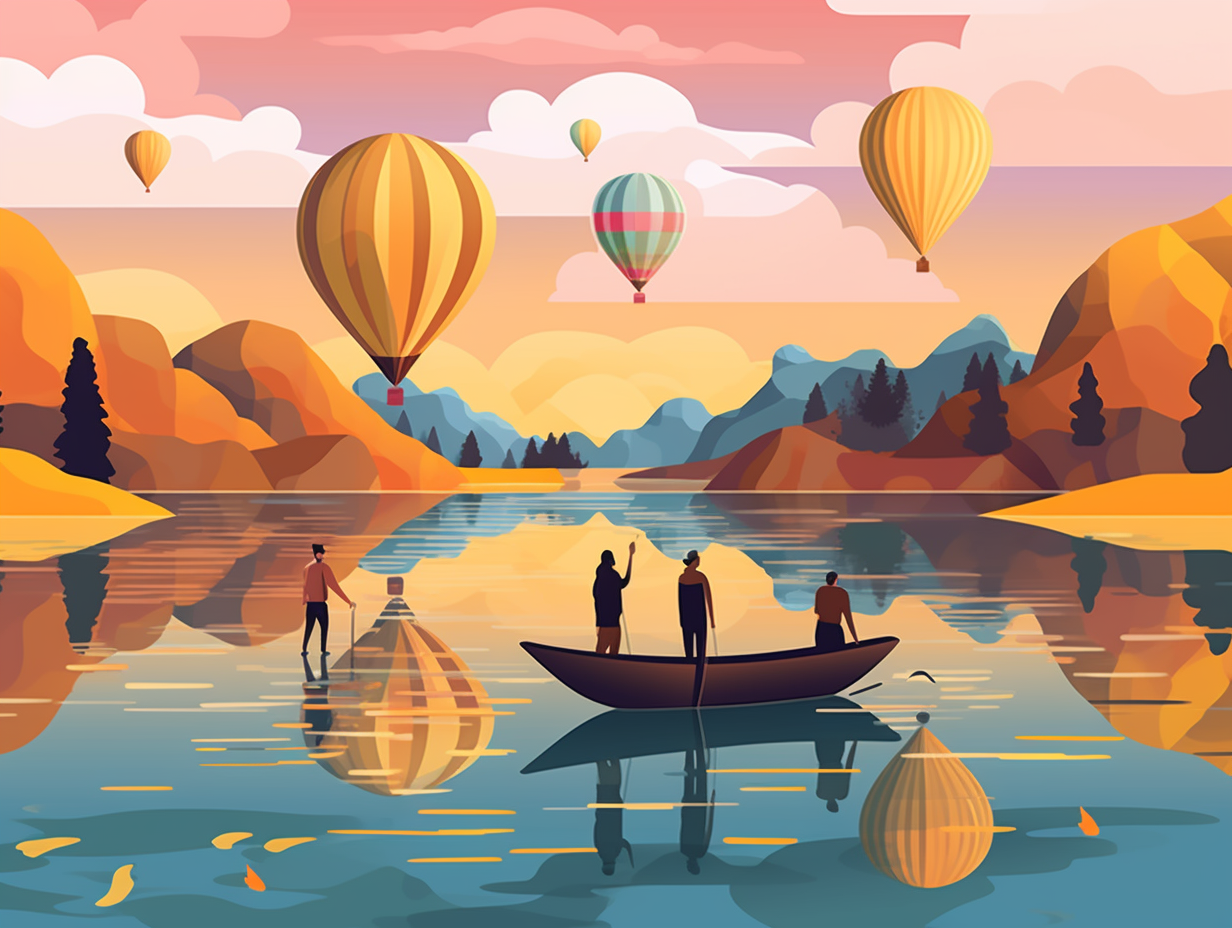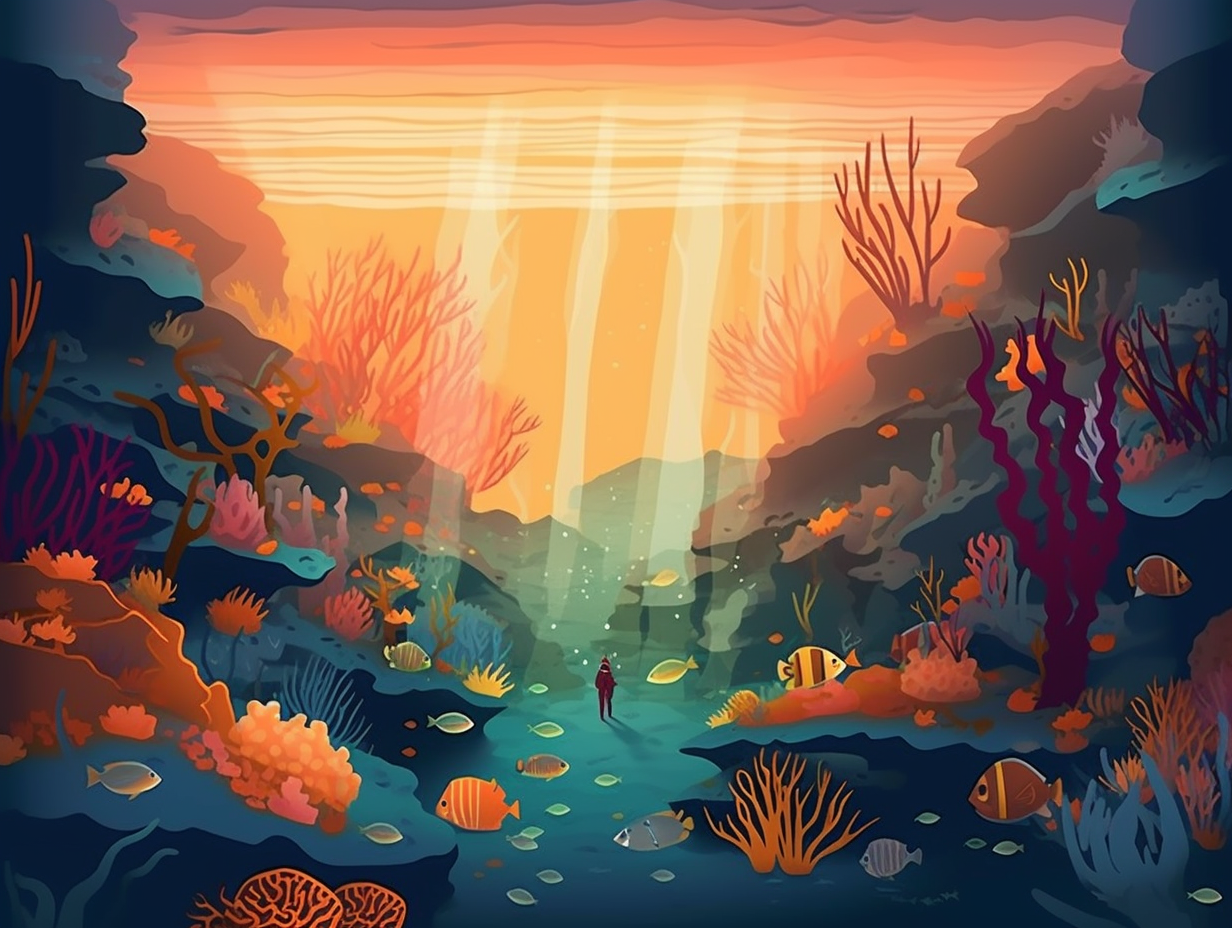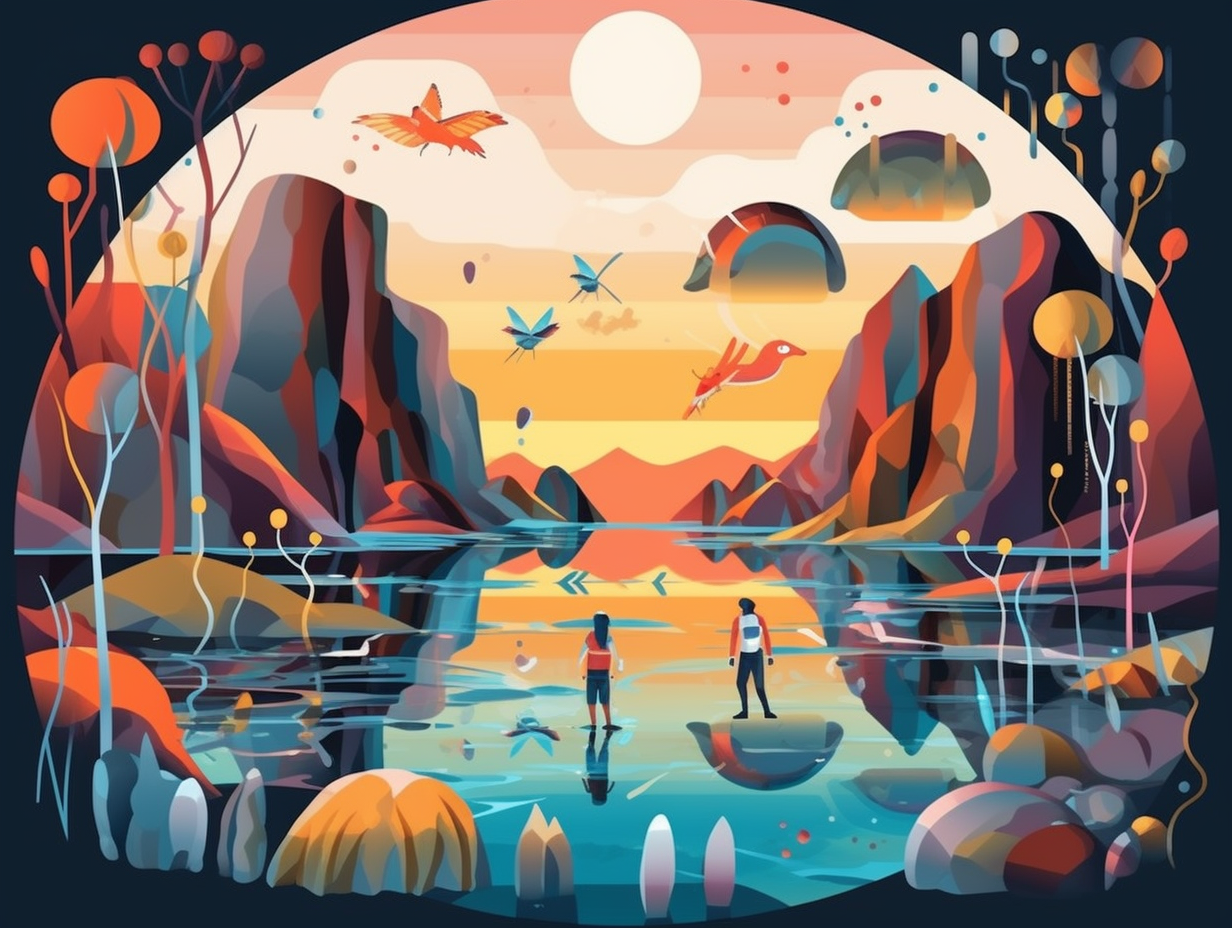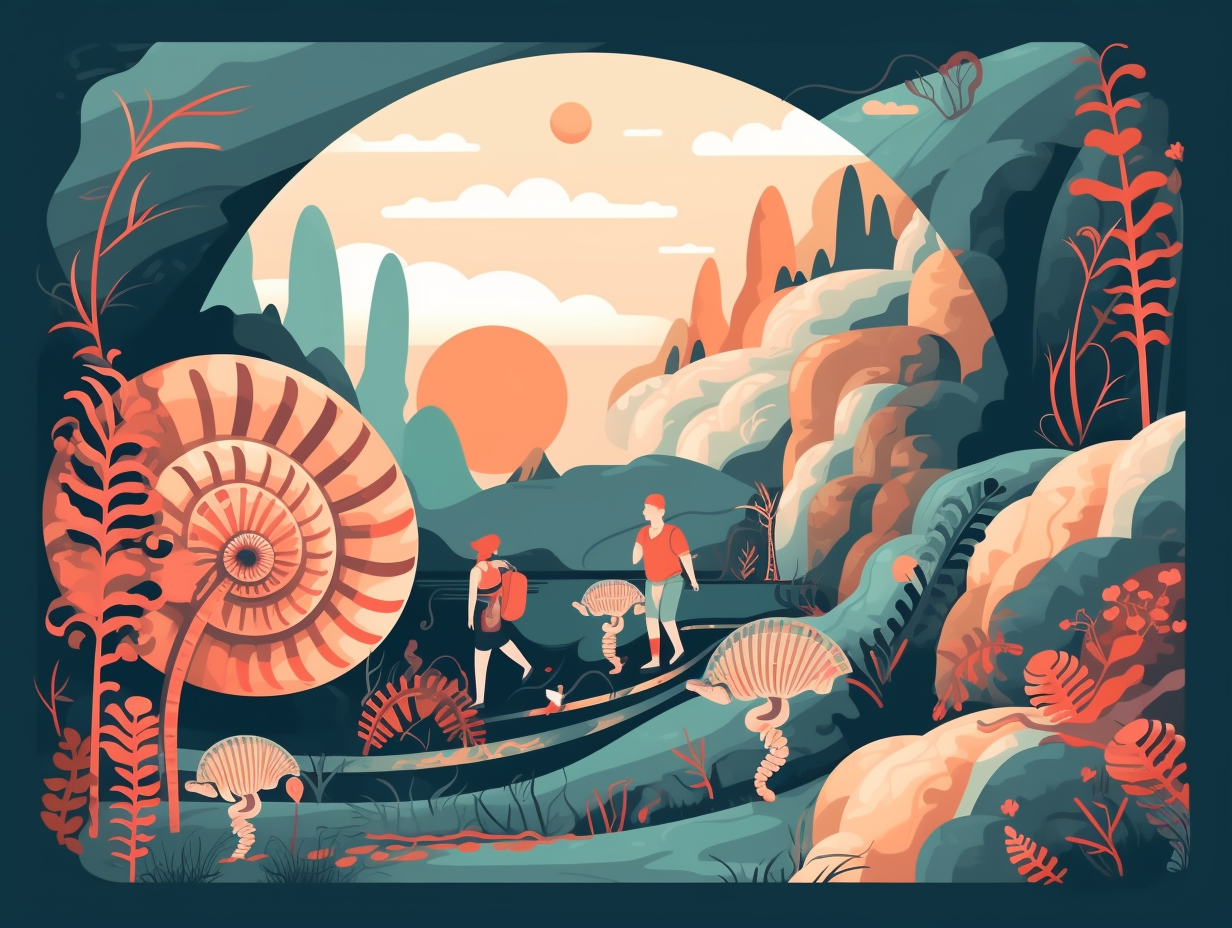Discover the Earth's Secrets: Top 14 Fun Facts About Continental Drift You Never Knew!

1. India's Tinder Profile
If the Indian subcontinent had a Tinder profile, it would say, "I'm not just looking for a date, but a long-term relationship that really moves mountains": The ongoing collision between India and Asia that started around 50 million years ago has formed the majestic Himalayas, which continue to grow at a rate of 5-6 centimeters per year, all thanks to the unstoppable power of continental drift—a concept that's been moving and shaking the science world since the 1960s.
Source => education.nationalgeographic.org
2. Australia's Speedy Race
Hold onto your didgeridoos, folks: Australia's gunning it in a continental race! Zooming at a speedy 2.7 inches per year, the land down under has shifted 4.9 feet since 1994, leaving GPS systems in need of a serious catch-up – all thanks to the breakneck pace of tectonic plates, compared to North America's one-inch crawl and the Pacific plate's breezy three to four inches per annum.
Source => nationalgeographic.com

Did you know that tectonic plates shape our planet's most breathtaking landscapes? Discover the connection between these geological giants and the formation of mountains, oceans, and more! 🌋🏔️🌊
=> Fun Facts about Tectonic-Plates
3. Long-Distance Continental Relationships
Ever wonder why North America, South America, and Africa often feel like a long-distance relationship? When continents played musical chairs during the late Paleozoic Era to the very late Triassic: they didn't just break up, they moved miles apart and grew the Atlantic Ocean like a watery chaperone. These volcanic eruptions caused continental rift zones, gifting us the Atlantic Plain and the passive continental margin – a classic case of "after the fire, the calm."
Source => usgs.gov
4. GPS: Earth Detective
Who knew the GPS in our pockets could moonlight as earth detectives, keeping pace with the not-so-fast-and-furious dance of continents? Quite the twist in the plot: GPS systems can actually measure continental drift, but this doesn't affect their accuracy, as they use a reference ellipsoid or datum to account for the movement, keeping up with the groovy plate tectonics and ensuring we always know where we stand.
Source => gis.stackexchange.com

5. Continental Dance Party
If continents were party guests, they wouldn't be wallflowers stuck in one place; they'd be shimmying and shaking across the dancefloor of Earth's crust: Due to the movement of free-floating tectonic plates, continents have drifted over millions of years, creating impressive mountain ranges like the Himalayas and increasing the distance between dance partners – or in geological terms, widening ocean basins through seafloor spreading.
Source => manoa.hawaii.edu
6. Earth's Housewarming Bash
When the Earth throws a housewarming party, it really goes all out: Seafloor spreading and tectonic plate movement create hot spots in the Earth's mantle, leading to volcanic eruptions that form new islands and even continents – just like how the Hawaiian Islands emerged from a hot spot beneath the Pacific Plate!
Source => education.nationalgeographic.org
7. Tectonic Plates' Leisurely Stroll
Ever feel like the world is just moving too fast? In the case of Earth's tectonic plates, it might actually be slower than you think: Estimates show that the production and consumption of oceanic lithosphere has varied between 2.6 and 3.5 km2 per year, with subduction velocities ranging from a leisurely 4.2 to 6.3 cm per year over the past 180 million years!
Source => sciencedirect.com
8. Mountains' Secret Recipe
Ever wondered if mountains have a secret recipe for getting so high? It turns out, their secret ingredient is clashing egos – or rather, plates: The majestic mountain ranges, like the Himalayas, are formed by the collision of the Indian and Eurasian tectonic plates, lifting the earth's crust upwards. This continental drift theory is also backed by the discovery of matching fossils on now distant continents, reminding us that the world was once one big slumber party before everyone drifted apart!
Source => manoa.hawaii.edu
9. Geological Speed Dating
Hold on to your tectonic plates, world travelers, because we're about to shuffle things up in the geological world: the next possible supercontinent, dubbed Novopangea or Novopangaea, might be formed by the Americas cozying up to both drifting Antarctica and the charmingly-close lovebirds, Africa-Eurasia. Just remember, this continental rendezvous is only one of four potential scenarios; it's like geological speed dating, where the plates decide whether to swipe left or right based on tectonic chemistry!
Source => theconversation.com

10. Ocean Current Makeovers
Guess who came to dinner and shuffled things around? Earth's continents! They've been changing ocean circulation patterns like a clumsy guest at a fancy party rearranging the seating chart: Scientists believe that continental drift may have actually triggered climate changes throughout Earth's history by altering ocean currents.
Source => whoi.edu
11. Thanksgiving Mashed Potato Metaphor
If Earth were a mashed potato dish at Thanksgiving dinner, continents would be the spuds breaking apart as your boisterous uncle dives in with an oversized spoon: Continental drift is the process where Earth's crustal plates—along fault lines—constantly move, causing land masses to split, mountains to form, and continents to basically play a glacial-paced game of musical chairs, supported by evidence like the jigsaw fit of continents, fossil distribution, and the ages of rocks across the globe.
Source => amnh.org
12. The Floor is Lava, Kind Of
Here's a "rock" solid fact to "molten" your brain: The asthenosphere, a partially molten layer of rock beneath Earth's crust, plays a vital role in the movement of tectonic plates, but instead of a fiery game of "the floor is lava", it's actually a more nuanced process involving both solid and melted rock with a minor impact on mantle flow and plate motion.
Source => cnn.com
13. Grand Canyon's Time Capsule
Imagine the Grand Canyon as Mother Nature's time capsule, filled with millennia of juicy gossip about the Earth's dramatic lifestyle choices, and rockin' fossils from a once underwater party zone: Arizona and its surrounding area underwent alternating periods of ocean and land for millions of years, leaving behind sedimentary layers and fossils in the Grand Canyon. Erosion from the Colorado River and a parched climate are responsible for the awe-inspiring formations found there today.
Source => gograndcanyon.com
14. Alfred Wegener's Trading Cards
Swapping continents like trading cards: The theory of continental drift first took the world for a spin in 1912, thanks to German meteorologist Alfred Wegener. Though he supported his grand hypothesis with glacial deposits, aligned geologic features, and fossil doppelgängers, it wasn't broadly accepted until the 1960s, when Scottish geologist Arthur Holmes slipped in the missing piece of the puzzle by providing a mechanism for the tectonic shuffle.
Source => umsl.edu
Related Fun Facts




















